In general mold will grow on studs and other wooden building materials if not stored correctly before construction. Consider investing in LED or blue lights for less energy output.

Oyster Mushroom Mycelium Going Crazy On Cotton Calico Offcuts Just Over Two Weeks Old Stuffed Mushrooms Oysters Oyster Diy
If mold is growing in your home you need to clean up the mold and fix the moisture problem.
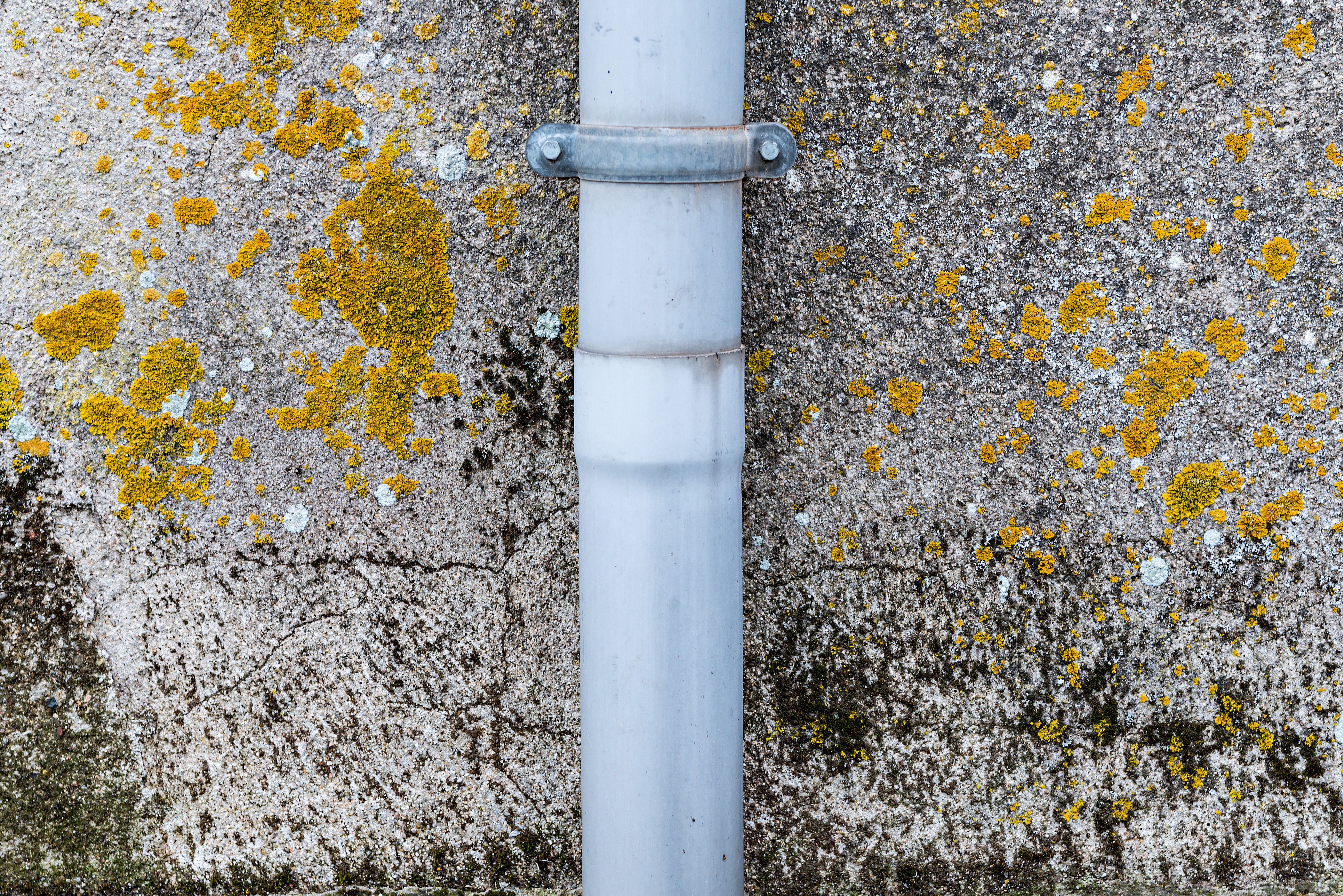
How to treat fungus building material. You do not need to know the type of mold. In window joinery the fungus Phellinus contiguus is. Vinegar is acidic and slowly breaks down the structure of mold and kills it.
It can spread onto and destroy much of the timber. Update computer monitors and other display systems. Use a wet vacuum to remove remaining dirt.
Mold growing on wooden studs can be a annoying problem. If You Use Bleach to Clean up Mold. It can become costly and be a headache to deal with if the mold spreads on the material.
Soak the wood thoroughly with the solution. However mold growth can be controlled indoors by controlling moisture indoors. Bathrooms kitchens and basements are common locations for mold and fungus to grow.
Baking soda and borax. Place a face mask such as the type for painters sold at home supply stores over your nose and mouth. Materials contribute to the success of the fungus in such situations and the strands which have thick walls and are.
Mold is not only unsightly and potentially dangerous but it can also ruin wood. Further it is necessary to dry out the air as much as possible and remove the coating from the ceiling walls corners and cracks. When mold fungus is found growing on wood you should kill it as soon as possible.
Change lights as needed. Mix one cup of bleach in a gallon of water apply to the surface and dont rinse. Both products are inexpensive non-toxic and easy to.
Mold can be removed from hard surfaces with household products soap and water or a bleach solution of no more than 1 cup of household laundry bleach in 1 gallon of water. How To Treat Mold On Wood Studs. Patch up any cracks that you can find and allow patching material to dry.
Distilled white vinegar. Wet rot occurs more frequently. Alternatively you can use a.
Of fungal decay in a building. Including offices and industrial sites such as facilities for composting wastewater treatment sludge and recycling materials. It is impossible to eliminate all mold and mold spores in the indoor environment.
Treat the Area For a natural solution for getting rid of black mold combine one part baking soda with five parts distilled white vinegar and five parts water in a spray bottle. To get rid of mold and fungus on the walls it is necessary to ensure good ventilation of the room by installing an exhaust fan or to clean the ventilation ducts in old houses which helps to reduce the humidity. A history of the building should be told.
Vinegar is non-toxic but mold stains may remain and additional scrubbing with a household cleaner may be needed. The fungal material left inside of wood framing or sheathing and which forms visible stains is not going to affect building occupants provided the building is kept properly dry and free of leaks. Scrub cleanable surfaces such as wood tile stone with soapy water and a bristle brush.
Thoroughly clean all hard surfaces such as flooring molding wood and metal furniture countertops and sinks with water and dish detergent. If left untreated wood infected with mold will deteriorate and eventually become unusable. Clean the surface mold dry the building and if you like use a sealant as discussed below.
Sodium bicarbonate baking soda and borax each have a high pH that inhibits the growth and survival of mold. During an investigation for fungal contamination both building structures and furnishings and the HVAC system should be inspected. A bleach solution also works to kill mold.
Dry surfaces quickly and thoroughly after cleaning. Get a test for possible indoor mold or fungus. Use undiluted white vinegar on hard surfaces in kitchens and baths.
Borates dissolve in water so you can make your own fungus repellant by mixing borax or sodium borate in water or you can use a pre-mixed product. When excessive moisture accumulates in buildings or on building materials mold growth will often occur particularly if the moisture problem remains undiscovered or unaddressed.

Mushroom Tiny House Building Insulation Tiny House House Heating

Emerging Materials Mycelium Brick
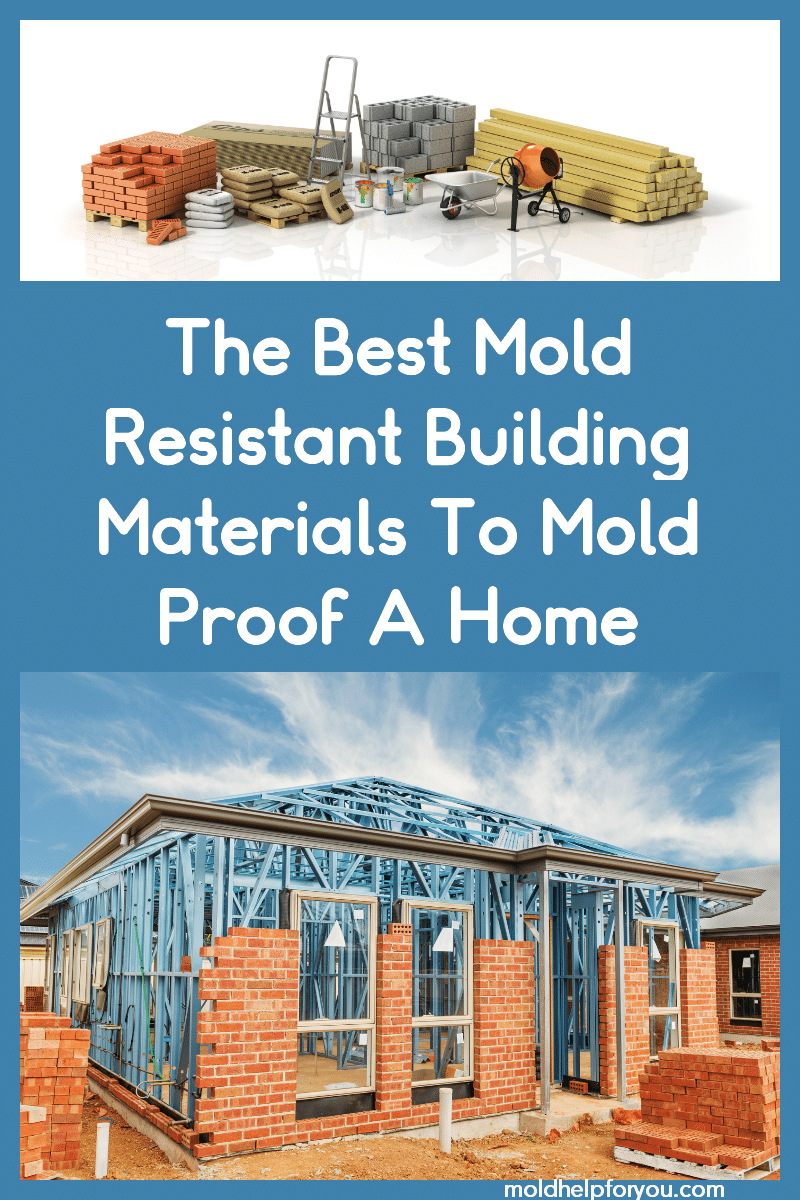
The Best Mold Resistant Building Materials To Mold Proof A Home Mold Help For You

9 Materials That Will Change The Future Of Manufacturing Slide Show Stuffed Mushrooms Biodegradable Products Packaging

Tower Of Fungus Set To Grow In New York This Summer Organic Structure New York Museums Museum Of Modern Art
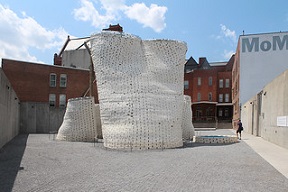
Mycelium As A Construction Material Bio Based Press

Interview Architect David Benjamin On Building The World S First Mushroom Tower At Ps1 New York Architecture Stuffed Mushrooms First World

How Mold Affects Different Building Materials In Your Home
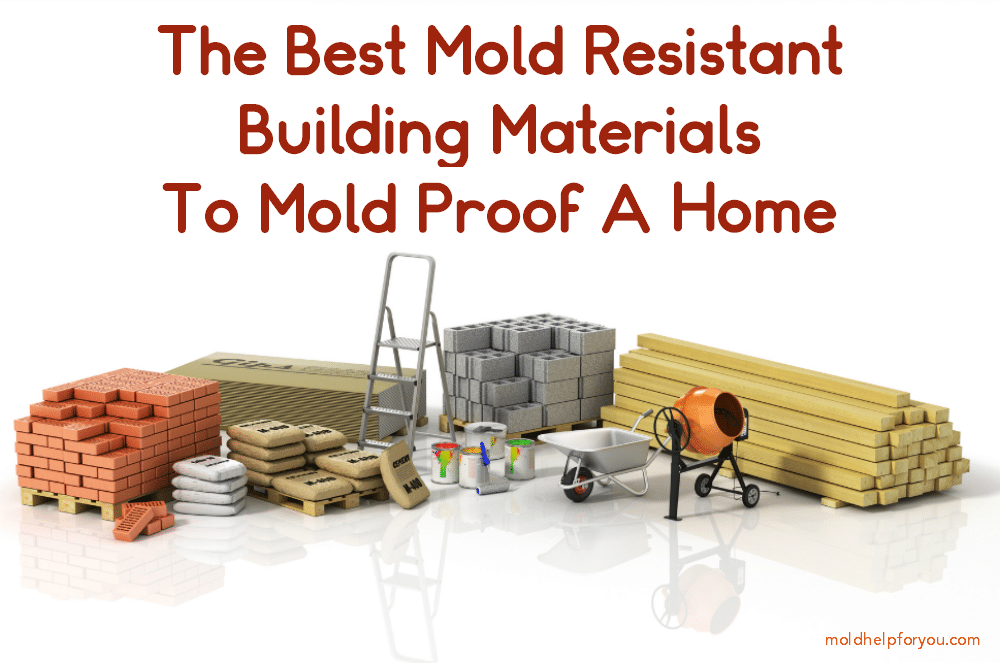
The Best Mold Resistant Building Materials To Mold Proof A Home Mold Help For You

Emerging Materials Mycelium Brick

Mycelium A Natural Eco Friendly And Durable Material Biodegradable Products Sustainable Design Sustainable Materials

How To Treat Fungal Nail Effectively Learning Article Pharmaceutical Best Toenail Fungus Treatment Toenail Fungus Laser Treatment Toenail Fungus Treatment

Plastic Eating Mushroom Stuffed Mushrooms Edible Mushrooms Sustainable Building Materials

Factory Uses Fungus To Grow Clothes And Shape Furniture Fungi Shapes Furniture Making
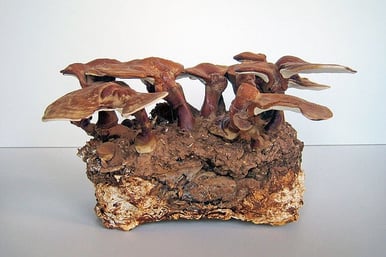


Komentar
Posting Komentar